
In one or two of my previous articles I have written about how grasslands are managed to encourage wildflower growth. Farmers are being given incentives to promote this kind of management in order to halt the decline in these native wild plants. There is another reason why this decline should be reversed and that is that pollinating insect numbers are also falling. We all see bees and insects in our gardens, but there was a time when their numbers were much greater. Bees play a very important part in our own food chain cycle, without them our agricultural wheat and vegetable crops and fruit production would all be in jeopardy.
We can all play our own part in halting the decline by thinking more about what we plant to make our gardens more attractive to bees. Bees are very susceptible to disease, having to forage far and wide for nectar and pollen is having a weakening effect on them. The more chances we give them to feed and grow stronger the more assured our future food crops will be. If you have your own vegetable plot than the bees’ services are essential to you. Here are some tips for all kinds of gardeners for attracting bees to the garden.
The first thing to understand is that bees thrive on nectar and pollen from which they extract sugars, proteins and other essentials. Some garden plants have been bred and hybridised for show rather than (insect) food value and produce very little or none of this essential food so this is something to take into consideration. Double flower varieties are often difficult for bees to actually get into; therefore those with single flowers are much more attractive.
Once you have established the kind of flowers you need and indeed that you like the look of, you need to provide enough variety, colour and different flowering times to cover the whole of the bees’ feeding cycle from about March to September. It is best to locate them in the kind of spot bees prefer, they like sunny places over shade that are sheltered from strong winds.
Bee attracters can be planted alongside other not so popular plants but try to ensure that you have at least two different kinds of nectar- or pollen-rich plants in flower at any one time throughout the season. This is just a guideline and you don’t have to stick to this; remember, you can never have too many bee-attractive plants in your garden.
Different species of bees have differing ways of getting at their food, some have longer tongues that others for instance, so the shape of the flower is also important. Therefore provide as many different shapes as possible. What is favoured by one type of bee can be shunned by another as the nectar may be too deep for it to get to. Planting in clumps helps bees explore all the same species flower heads in a small space, rather than having to flit about looking for their favourite plants.
All this entails a little bit of homework on your part to find the right plants for you and your garden. To help you on your way here a just a few suggestions:-
Spring – daffodil, bluebell, hellebore, hawthorn, forget-me-not.
Early-summer – aquilegia, campanula, foxglove, geranium.
Late-summer/autumn – aster, fuchsia, lavender, delphinium, sedum.
Now where did I put that plant catalogue?
For a superb selection of outdoor gear, clothing and experiences visit My Outdoor Store. The premier walking and hiking outdoor gear store
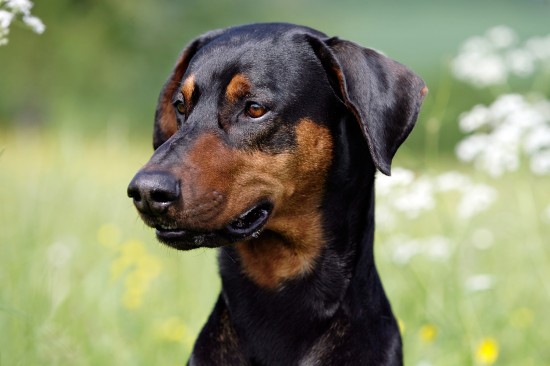 Doberman Pinschers – Do They Make Good Family Pets?
Doberman Pinscher
Doberman Pinschers – Do They Make Good Family Pets?
Doberman Pinscher
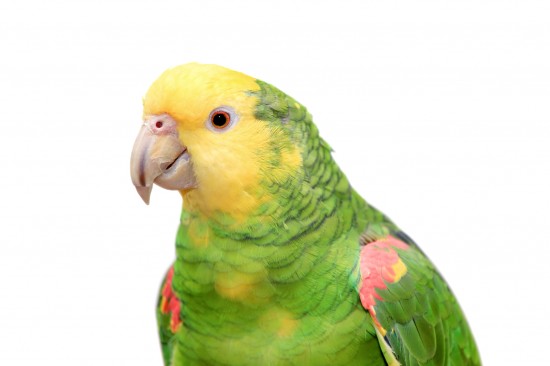 Yellow Headed Amazon
Yellow Headed Ama
Yellow Headed Amazon
Yellow Headed Ama
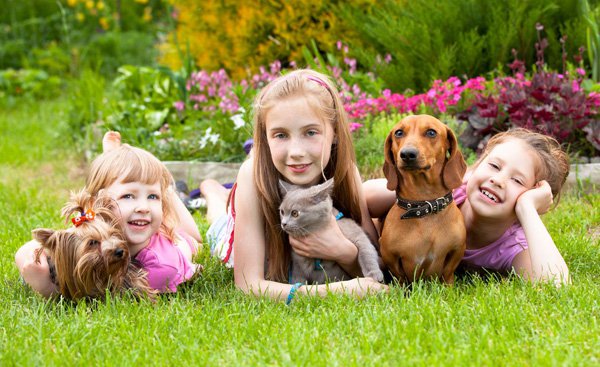 Signs That Your Dog Needs To Be Seen At an Animal Hospital
Signs That Your Dog Needs To Be Seen At an Animal Hospital
Signs That Your Dog Needs To Be Seen At an Animal Hospital
Signs That Your Dog Needs To Be Seen At an Animal Hospital
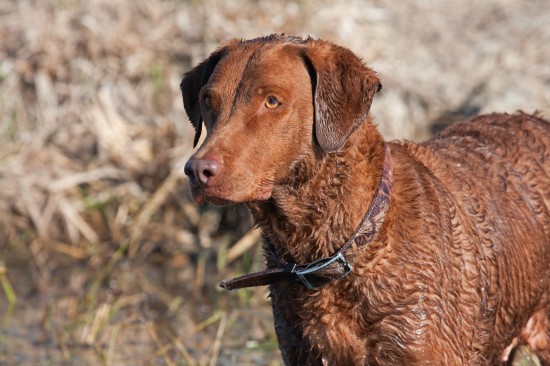 Traits And Temperament Of The Chesapeake Bay Retriever
Traits And Temper
Traits And Temperament Of The Chesapeake Bay Retriever
Traits And Temper
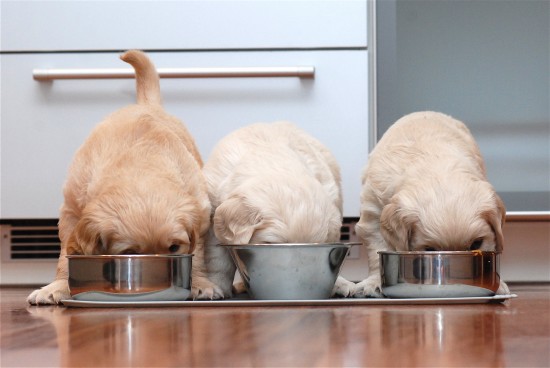 How To Feed Your Dog A Diet That Produces A Low Waste Output
How To Feed Your
How To Feed Your Dog A Diet That Produces A Low Waste Output
How To Feed Your
Copyright © 2005-2016 Pet Information All Rights Reserved
Contact us: www162date@outlook.com